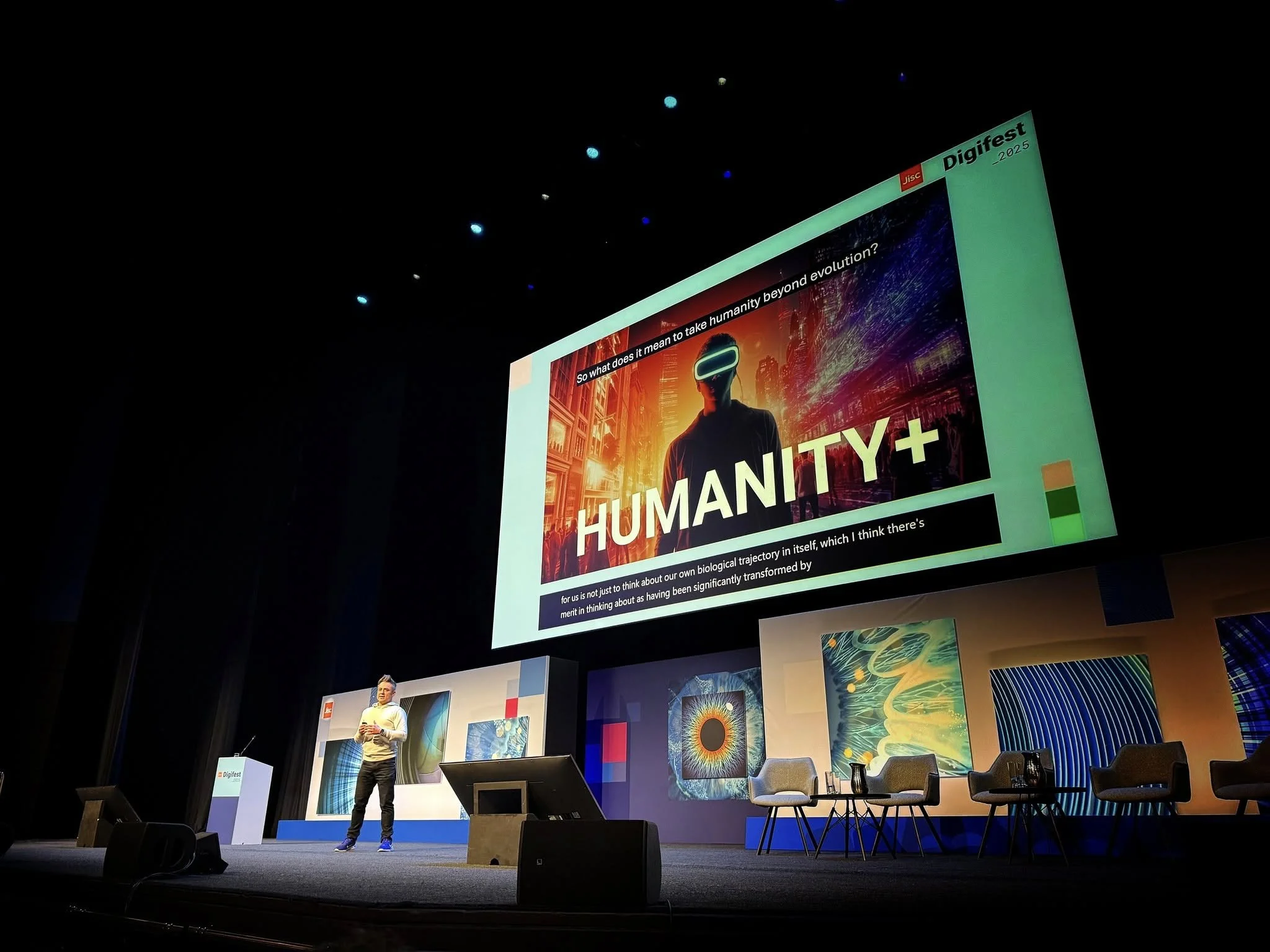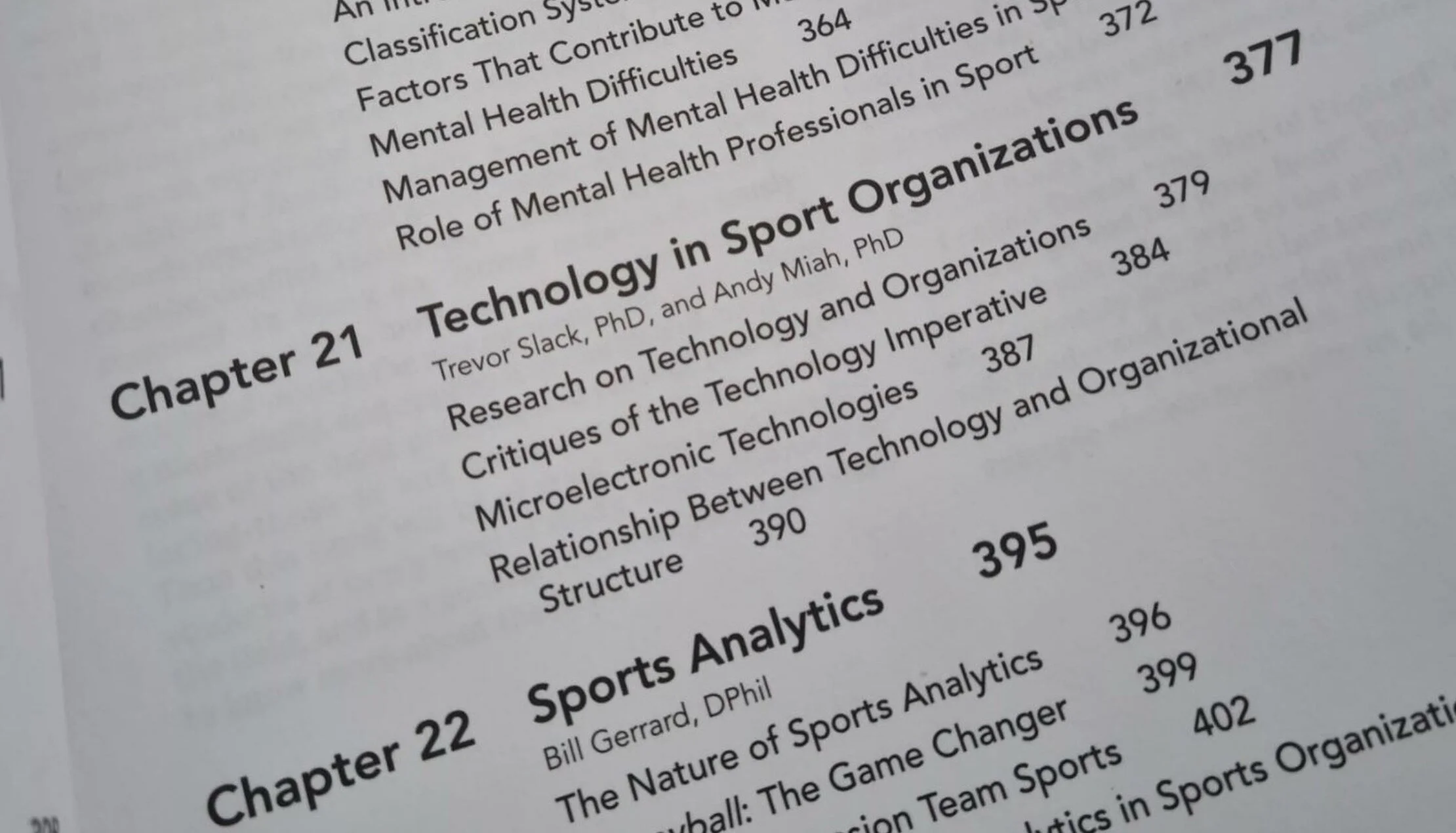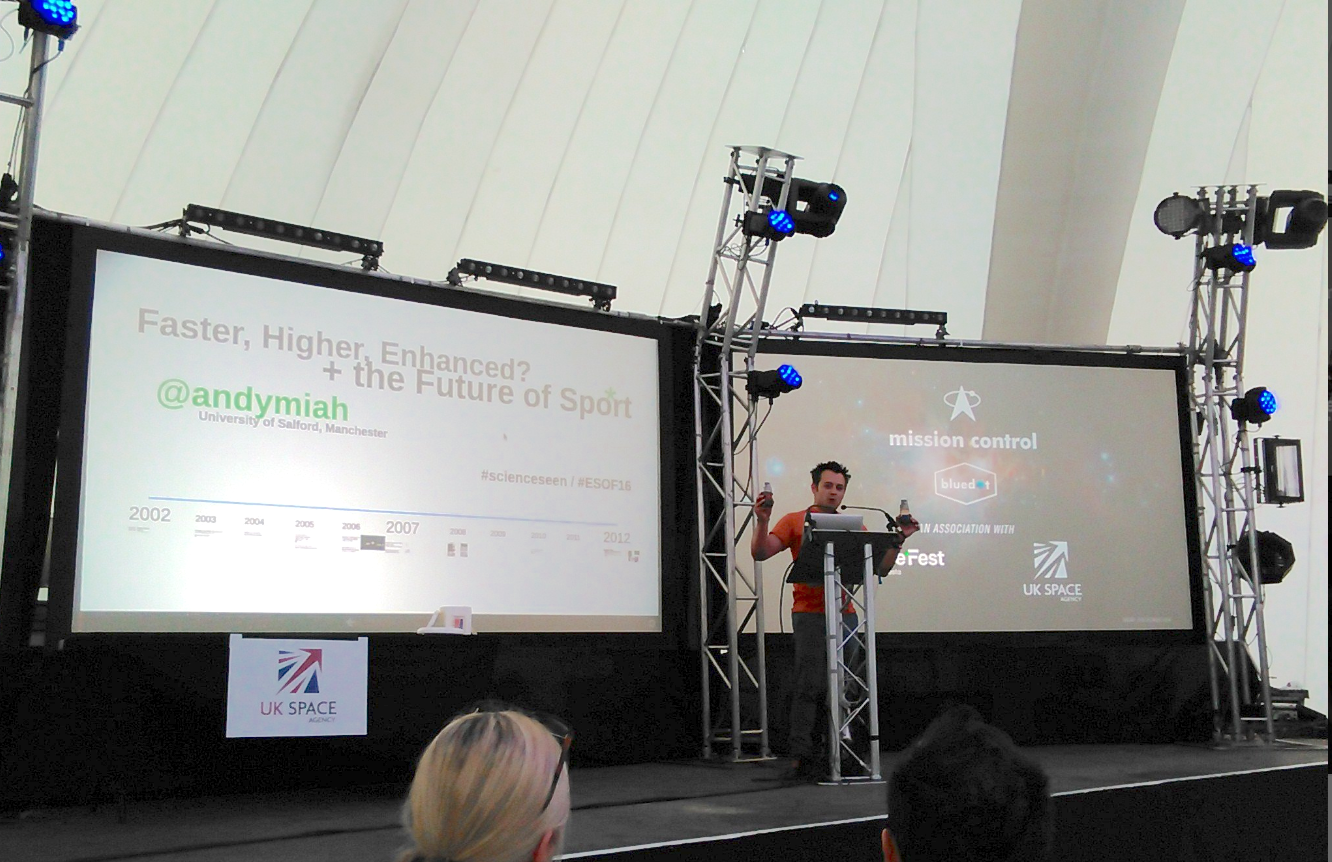
Make it stand out
What’s been happening?

Sport Accord

Understanding Sport Organizations

BlueDot Festival

Smart Cities, Smart Sports

What's trending at #ECSS2014?
![Sport Accord Convention: Youth Club [VIDEO]](https://images.squarespace-cdn.com/content/v1/563face7e4b06c325c739ba9/1447019583292-PF7N0370UKIF8K8W31C8/image-asset.jpeg)
Sport Accord Convention: Youth Club [VIDEO]
![Posthumanism & Sport [VIDEO]](https://images.squarespace-cdn.com/content/v1/563face7e4b06c325c739ba9/1447019582694-VHW41G2KHEQ4PGOG6PB7/image-asset.png)
Posthumanism & Sport [VIDEO]
![Doping & Cycling: Scrutinising the most superhuman sport [VIDEO]](https://images.squarespace-cdn.com/content/v1/563face7e4b06c325c739ba9/1447019579383-EYUHAWVC4BZHDCJOTIKZ/image-asset.png)
Doping & Cycling: Scrutinising the most superhuman sport [VIDEO]
Doping & the Tour De France [VIDEO]

Oscar Pistorius is more than just a fallen hero
Future Sport

Edinburgh International Science Festival

La lutte antidopage, un "dogme inquiétant" pour certains
Why Anti-Doping Will Not Last

